RSS
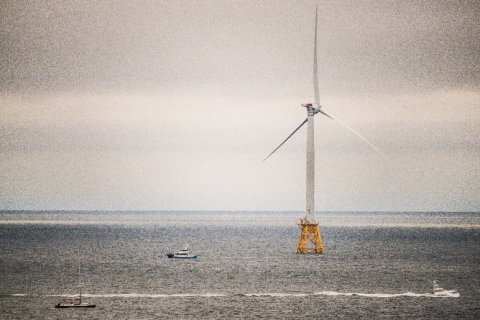
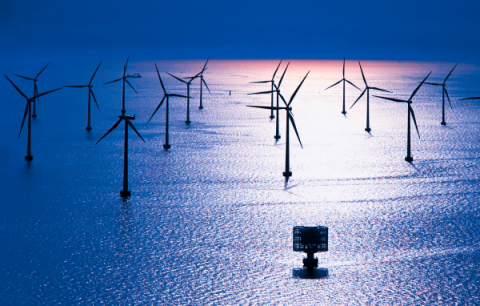
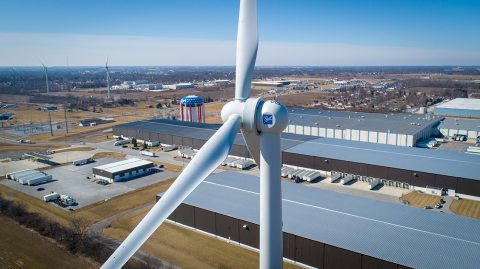
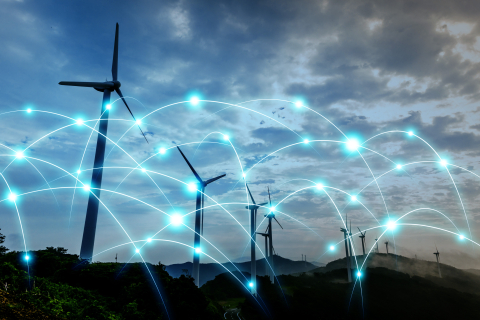
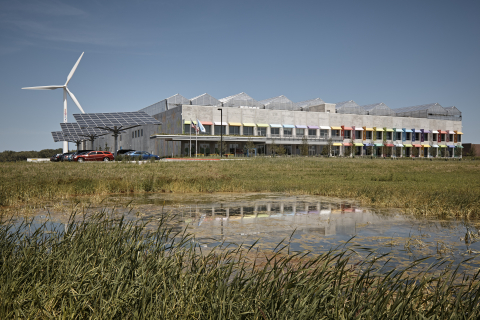
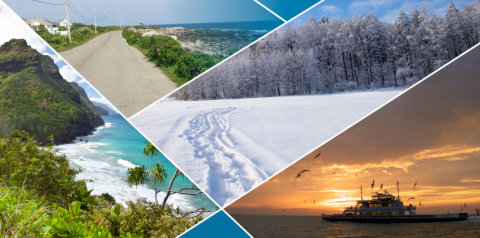
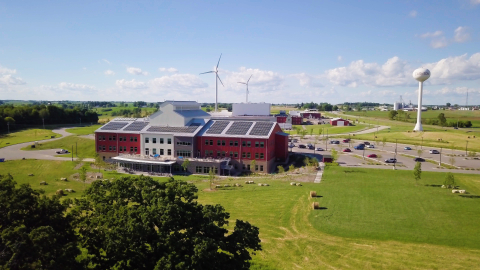
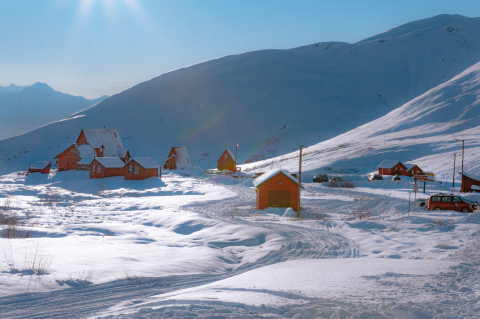
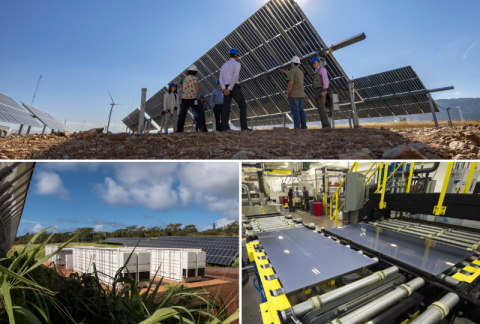

The California Energy Commission announced it plans to join the National Offshore Wind Research and Development Consortium as a state member.

The U.S. Department of Energy’s WETO and Grid Deployment Office are launching a study on transmission options to support offshore wind development along the U.S. West Coast in the Pacific Ocean through 2050, funded by the Inflation Reduction Act.

DOE just made the certification process for the commercial deployment of small- and medium-scale wind turbines more accessible by covering some of the cost.

WETO-funded research teams from three national laboratories are working proactively to strengthen security measures, policies, and information technology infrastructure.

New DOE report on wind energy shows distributed wind energy—wind turbines that provide power for nearby consumers—is expanding across the nation, benefiting a wide range of organizations and communities, from large corporations to remote villages.

DOE announced that it will work with 12 competitively selected remote and island communities around the United States to help strengthen their energy resilience through the agency’s Energy Transitions Initiative Partnership Project (ETIPP).
Roadmap establishes five-year plan, outlines Institute’s technical and operational priorities

A new study indicates that nearly 1,400 gigawatts of distributed wind capacity could be profitably deployed today across the United States, which amounts to more than half of the nation’s current annual electricity consumption.

A standalone wind turbine is transforming the rural Alaskan community of St. Mary’s, according to a new study conducted by Pacific Northwest National Laboratory and Sandia National Laboratories.

The Supply Chain Report is supported by seven deep-dive assessments on the challenges and opportunities to build domestic supply chains for clean energy technologies.

